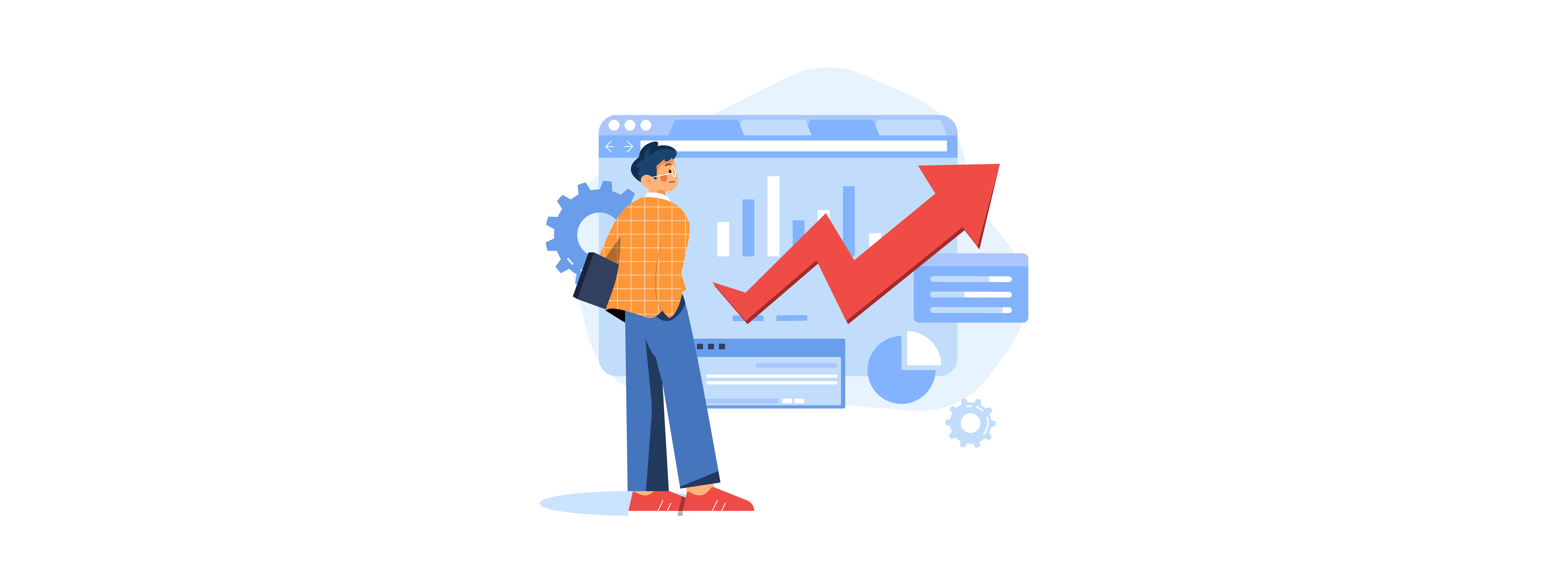It’s not uncommon for sales and marketing teams to fall out of sync and even compete with each other. However, this is incredibly bad for business. It decreases productivity, negatively impacts revenue growth, and costs more than 10% of B2B revenue each year.
Conversely, with sales and marketing alignment, companies see 19% faster growth and 15% increased revenue. Businesses run far more smoothly with teams working in harmony and interdependently. However, attaining aligned teams can be easier said than done. The right strategies and continued effort in this area are what’s needed.
Why Sales and Marketing Teams Fall Out of Sync
Misalignment happens in almost all organizations. It comes about when people’s goals and motivations diverge. When daily activities become completely different or even double up, you can have teams actively working against each other. That’s bad for business, revenue and company culture.
Another aggravating factor for misalignment is simply being unaware of how each of the team’s tasks impacts the other. When employees aren’t sure about how their work affects others it’s a breeding ground for resistance and unhealthy competition. Rather than working together toward shared goals, employees start undermining and working against each other. This is a cancer that can spread and cause havoc for a business.

The Key Signs of Sales and Marketing Team Misalignment
When your sales and marketing teams aren’t working together, they’ll drop telltale comments and signs. These need to be acted upon quickly to stop a business from losing revenue and stagnating growth. When sales and marketing teams misalign, expect the following:
Complaints
The sales team complains that the marketing team doesn’t deliver enough highly qualified leads for them to convert. Similarly, the marketing team grumbles that the salespeople don’t know how to speak with the prospects properly.
Doubling of Effort
Despite the marketing team working to bring in leads and qualify them, salespeople are relying heavily on their own prospecting, and marketing leads go untouched for days. What’s more, they don’t use marketing materials in their presentations and instead create their own.
Insights Are Lost
The marketing team carries out market research on their own, organizing focus groups and buyer interviews instead of plumbing salespeople’s knowledge. Sales insights into real-world applications of the product, customer health, market dynamics, and content feedback remain with the sales team.

How to Create Sales and Marketing Alignment
Considering one of the key indicators of sales and marketing teams not working together is a loss of data, one of the key strategies to bring them closer together relies on technology. Unifying the sales and marketing tools can be a game-changer. Marketing team tools that integrate with the sales team’s technology automatically blast open silos and get teams working from the same single truth.
Shared team meetings, particularly for strategizing and creating resources, are a must. Getting everyone together in the same virtual or physical space makes for honest and dynamic discussions. The perspective of both the sales and marketing teams are needed to create robust campaigns and content that engage the target audience. It also ensures buy-in from all and eliminates confusion.
Consider aligning KPIs and performance metrics. Although sales and marketing deliver different functions to the business, there is no denying that they are codependent. Begin by defining how many customers, which audiences and markets, and which products will be the focus for your revenue target each quarter.
Centralizing communications for both teams is another excellent way to create a “smarketing” team that is singing from the same song sheet. Two-way dialogue is essential for teams to see their interdependence as a strength rather than an inconvenience. System integrations can also help the marketing team deliver a smoother handover of leads to the sales team and collect insights about the customer journey from them too. This has the added benefit of creating a better customer experience that improves your brand’s reputation.

Keeping Sales and Marketing Teams Working in Harmony
Once sales and marketing teams are working in harmony, it’s important to keep it that way. It’s easy for teams to fall out of sync or revert back to a competition mindset rather than a collaboration approach.
Continue to hold shared “smarketing” meetings – not only for strategizing but also for agreeing on processes and goals. Shared targets pull teams together and individuals will begin looking for ways they can better support one another. As shared meetings become an accepted part of sales and marketing employees’ weeks, personal relationships will also begin to form, further cementing the necessary interdependence of these teams.
Highlight the different roles and define how they should provide mutual support with processes. Automation technology can help a lot here. Sales and marketing automation can be set up in a way that ensures alerts from quality leads are routed directly to the sales team’s phone system. This creates a continuity of contact for the customer along with ensuring subsequent follow-ups are tracked and prospects move smoothly through the “smarketing” funnel.
Consider shadowing days for each of your sales and marketing team members. It’s easy for marketing staff to become insulated from the reality of the frontlines. It’s equally easy for salespeople to imagine marketing people simply creating pretty pictures all day. Field visits and job shadowing let both sides see the reality of each team’s function. While encouraging further collaboration it will also give members of each team the experience they need to come up with new and better ways of working together.
When sales and marketing teams are synchronized, the whole business benefits. Keeping each of these teams engaged with the other and actively working to help the other achieve shared goals should be a continual effort and focus. It’s an effort that pays dividends. After all, when sales and marketing align, companies see 36% higher customer retention and 38% higher sales win rates.



